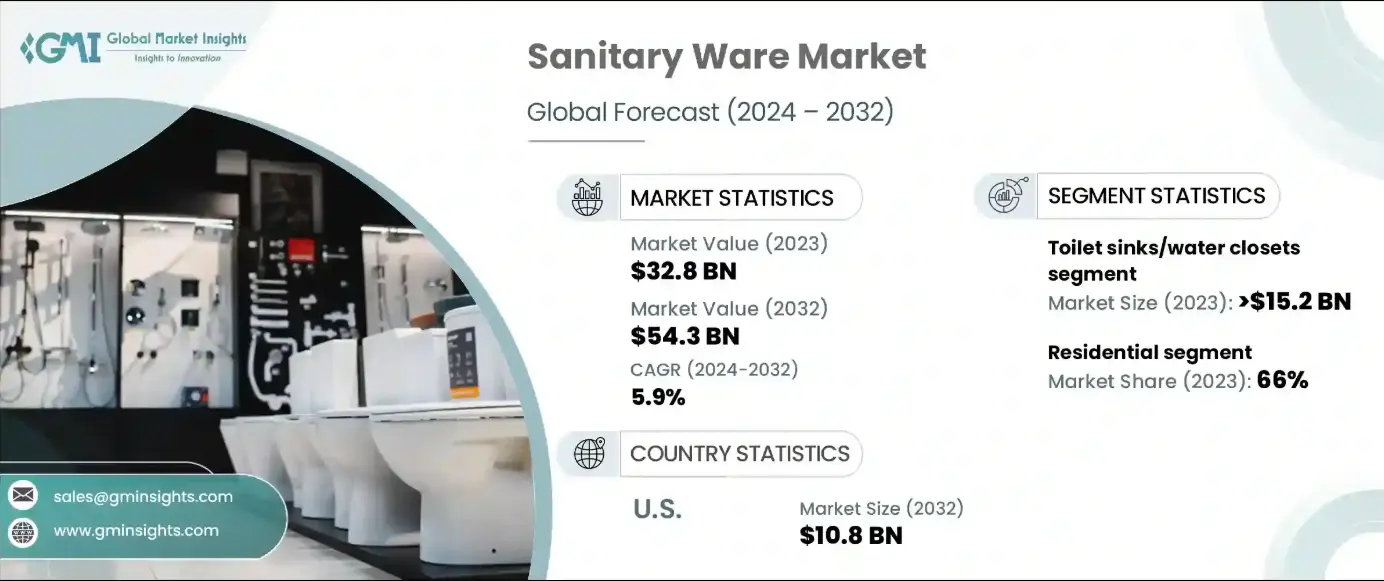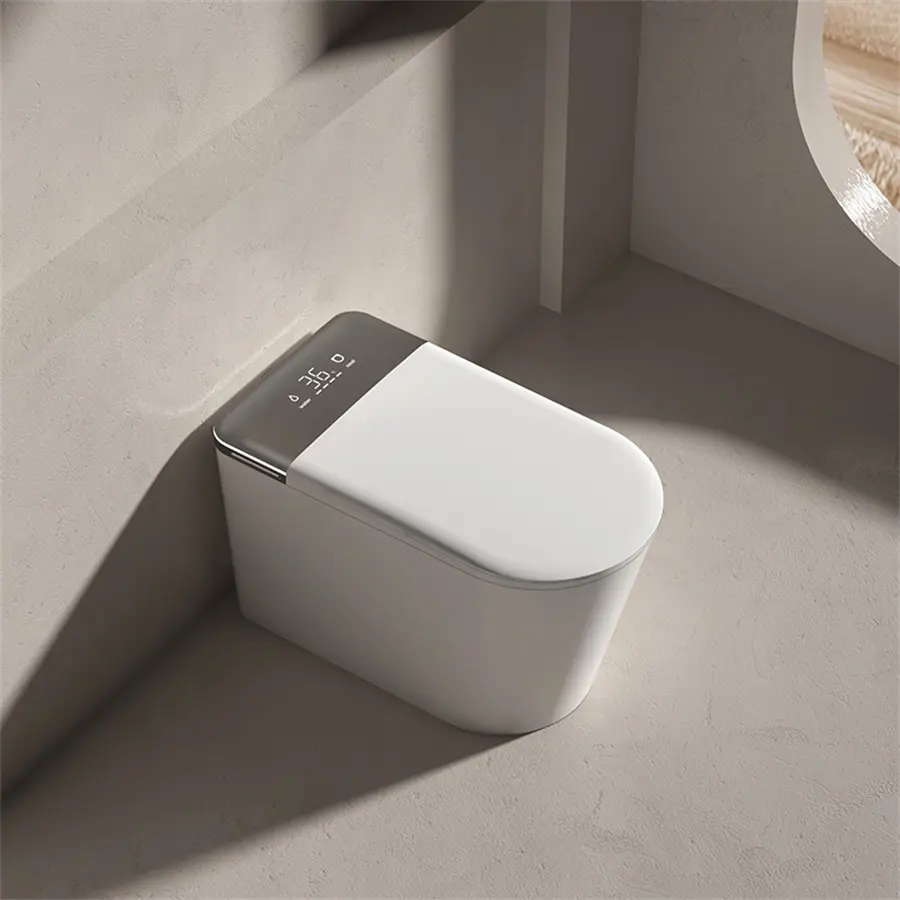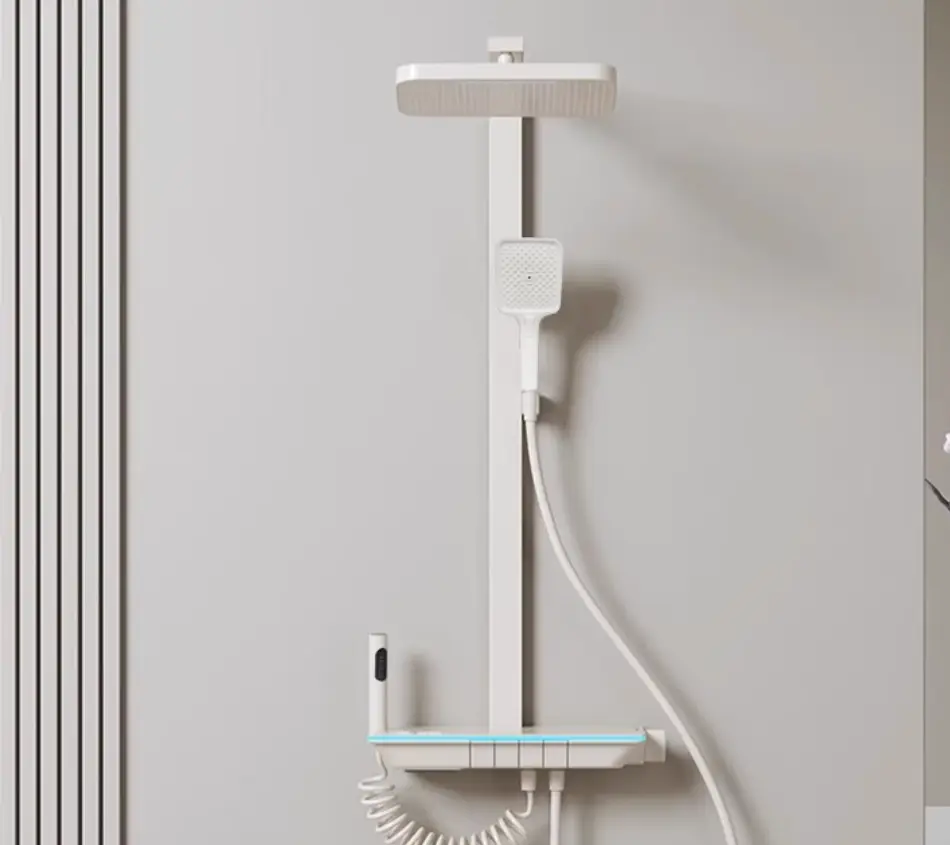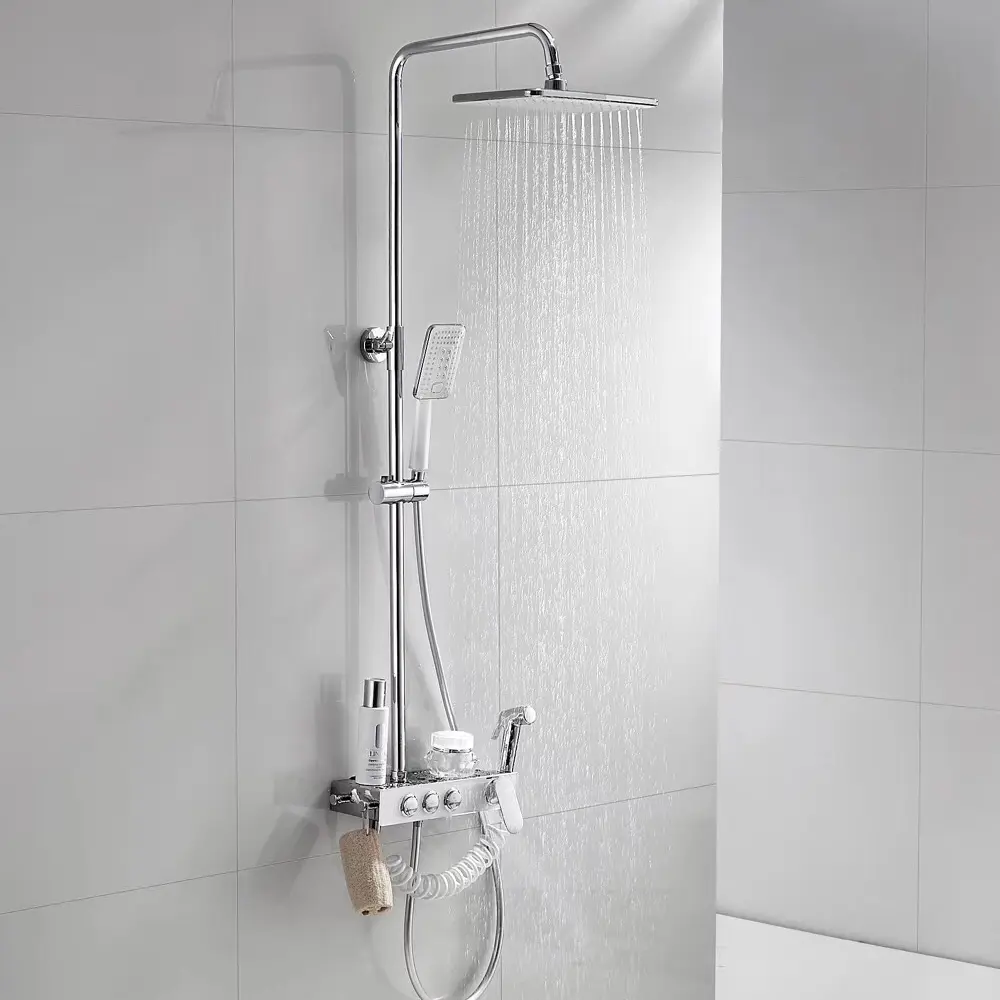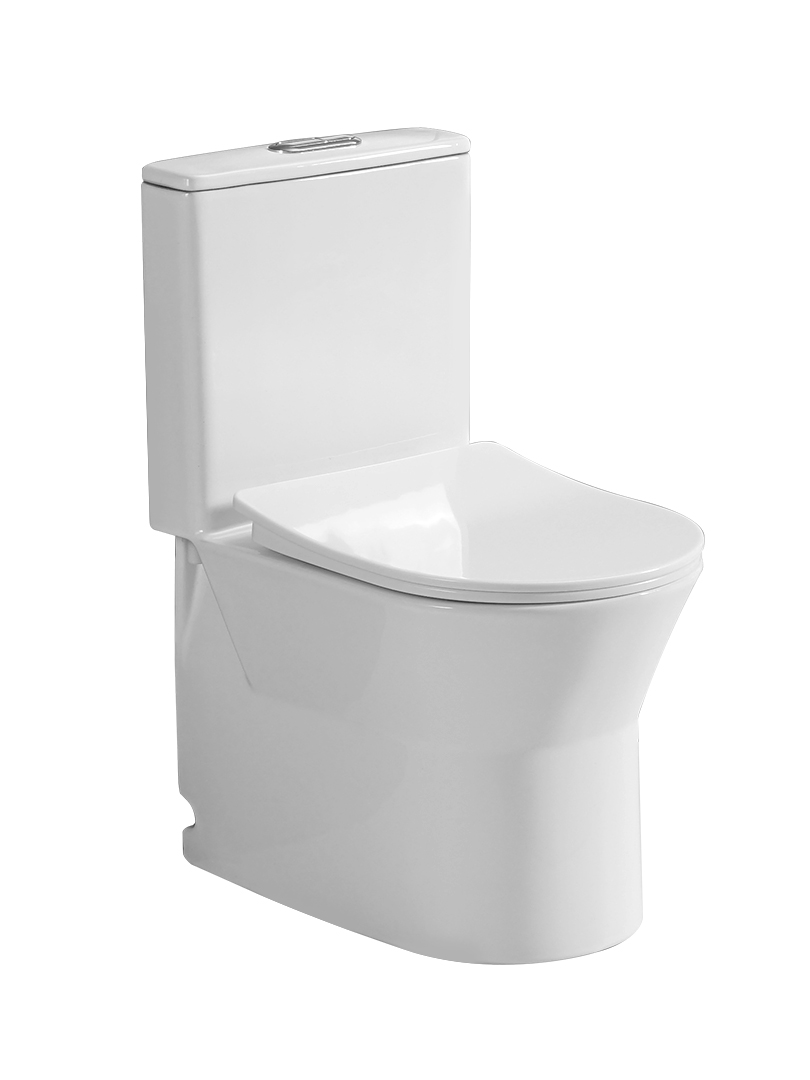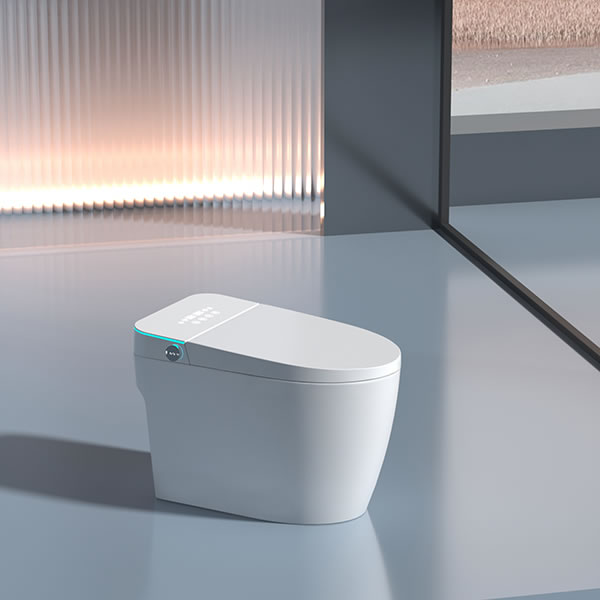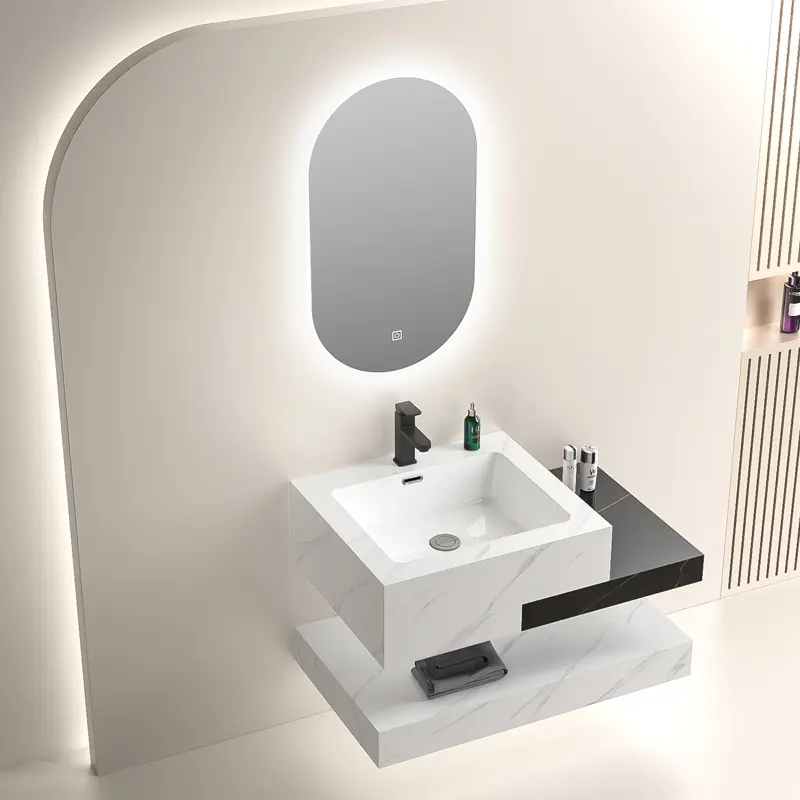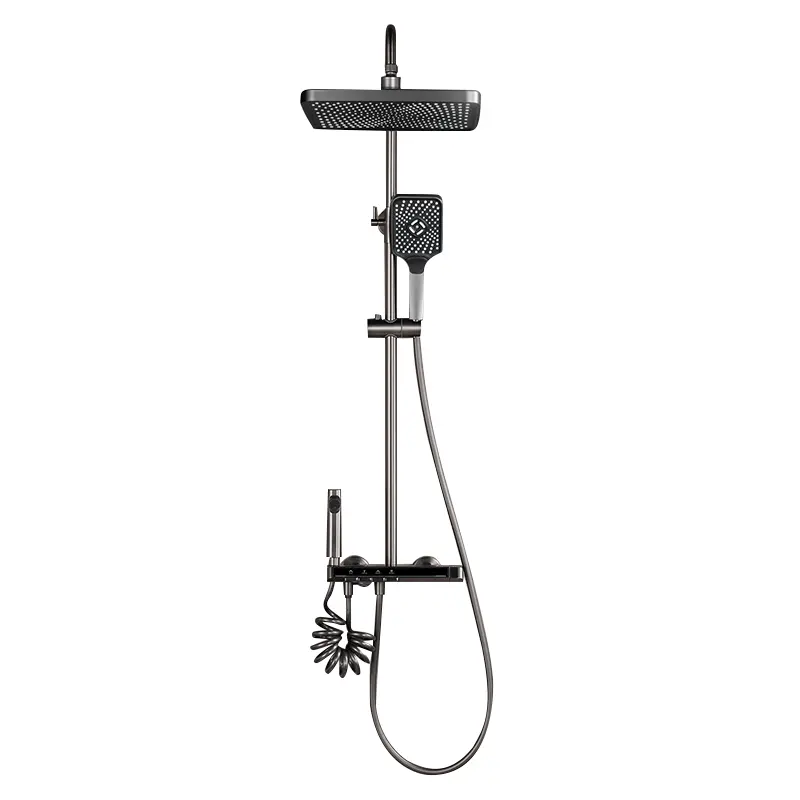Is smart toilet worth the money?
One of the most prominent features of smart toilets is their bidet function. This function provides a more hygienic way of cleaning compared to using toilet paper alone. For women during their menstrual periods or for the elderly and disabled who may have difficulty in self - cleaning, the warm water cleansing of the bidet can be a game - changer. Additionally, many smart toilets come with a drying function, eliminating the need for toilet paper in the drying process. This not only saves money on toilet paper in the long run but also reduces the environmental impact caused by the production and disposal of paper products. The comfort - enhancing features of smart toilets also contribute to their value. They often have heated seats, which are especially welcome in cold weather. Some high - end models even allow users to adjust the seat temperature according to their preferences.
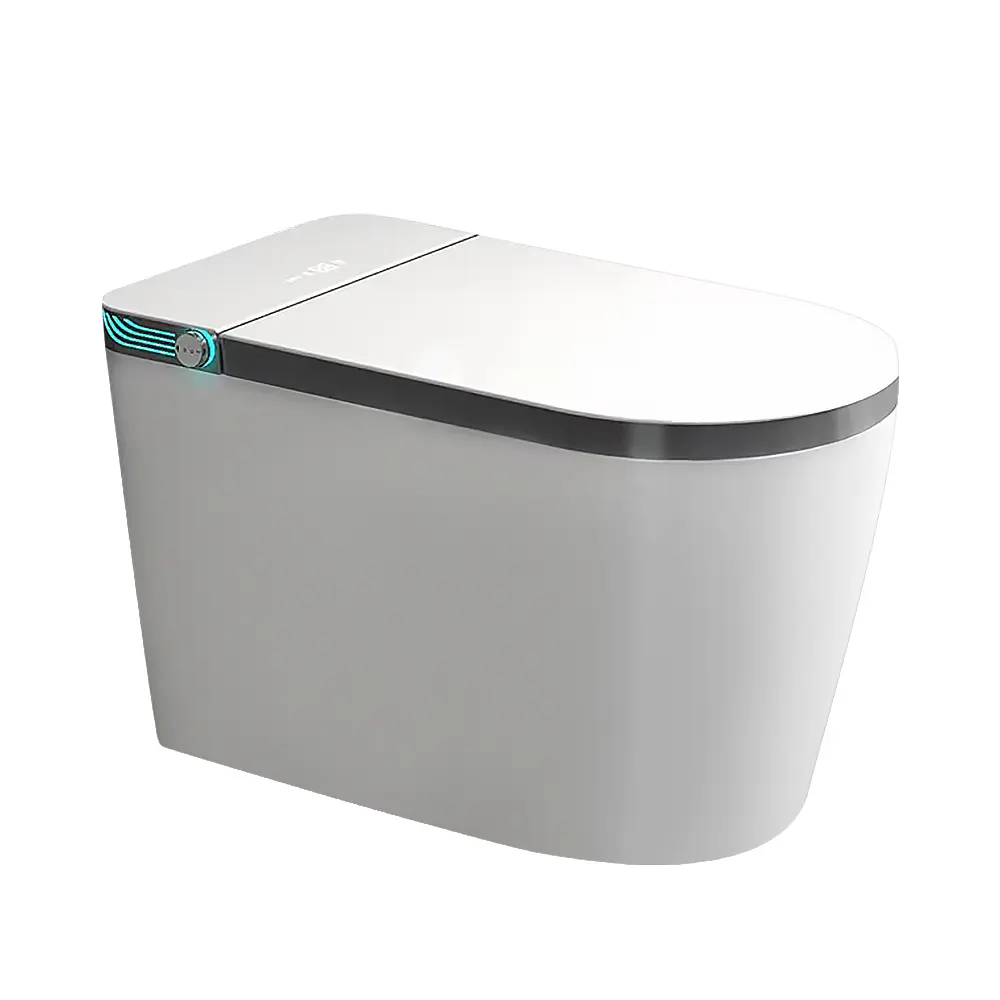
Moreover, the self - cleaning and deodorizing functions of smart toilets keep the bathroom fresh and clean. The self - cleaning function uses water jets or built - in brushes to clean the toilet bowl after each use, reducing the frequency of manual cleaning. The deodorizing function, usually achieved through activated carbon filters or air purifiers, effectively removes unpleasant odors, creating a more pleasant bathroom environment. In terms of market reaction, the sales of smart toilets have been on the rise. According to market research firms, the global smart toilet market is expected to grow at a significant rate in the coming years.
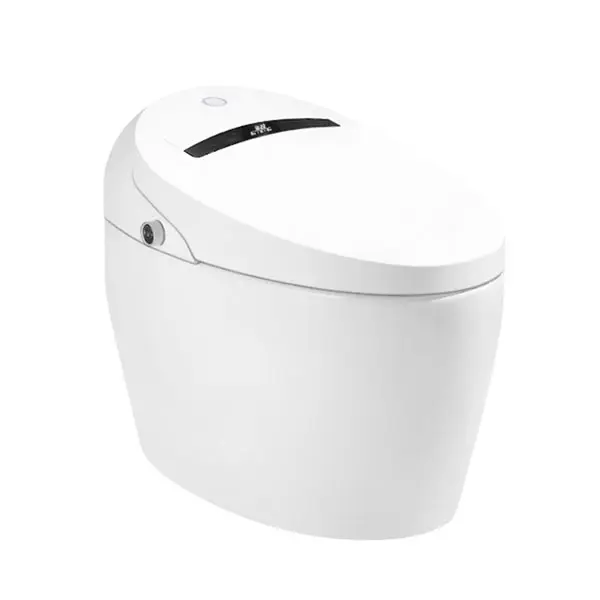
In some developed countries, smart toilets have already become a common fixture in many households. In Asia, countries like Japan and South Korea have a high penetration rate of smart toilets, with consumers there highly appreciating the convenience and comfort they bring. In China, the smart toilet market has also been expanding rapidly, with more and more consumers willing to invest in this high - tech bathroom product. However, the high cost of smart toilets is still a concern for many consumers. The price of a smart toilet can range from several hundred dollars to several thousand dollars, depending on the brand and features. This price gap is a major factor that makes some consumers hesitate. In addition, there are concerns about the reliability and maintenance of smart toilets. Since they are electronic products, there may be issues such as malfunctions of the electrical components or problems with the water - related systems. And the cost of repairing smart toilets can be relatively high.
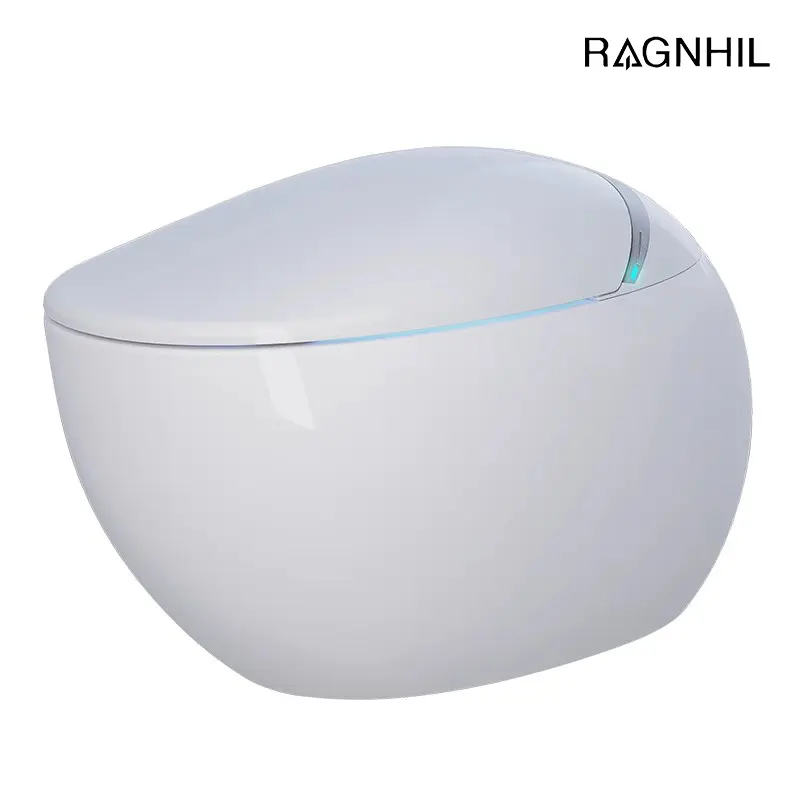
To address these concerns, manufacturers are constantly improving product quality and after - sales service. Many well - known brands now offer long - term warranties and efficient after - sales support. They are also working on reducing production costs to make smart toilets more affordable. In conclusion, whether a smart toilet is worth the money depends on individual needs and preferences. For those who value hygiene, comfort, and are willing to invest in improving their quality of life, a smart toilet can be a great choice. With the continuous development of technology and the improvement of product cost - effectiveness, it is believed that smart toilets will become more accessible and popular in the future.

